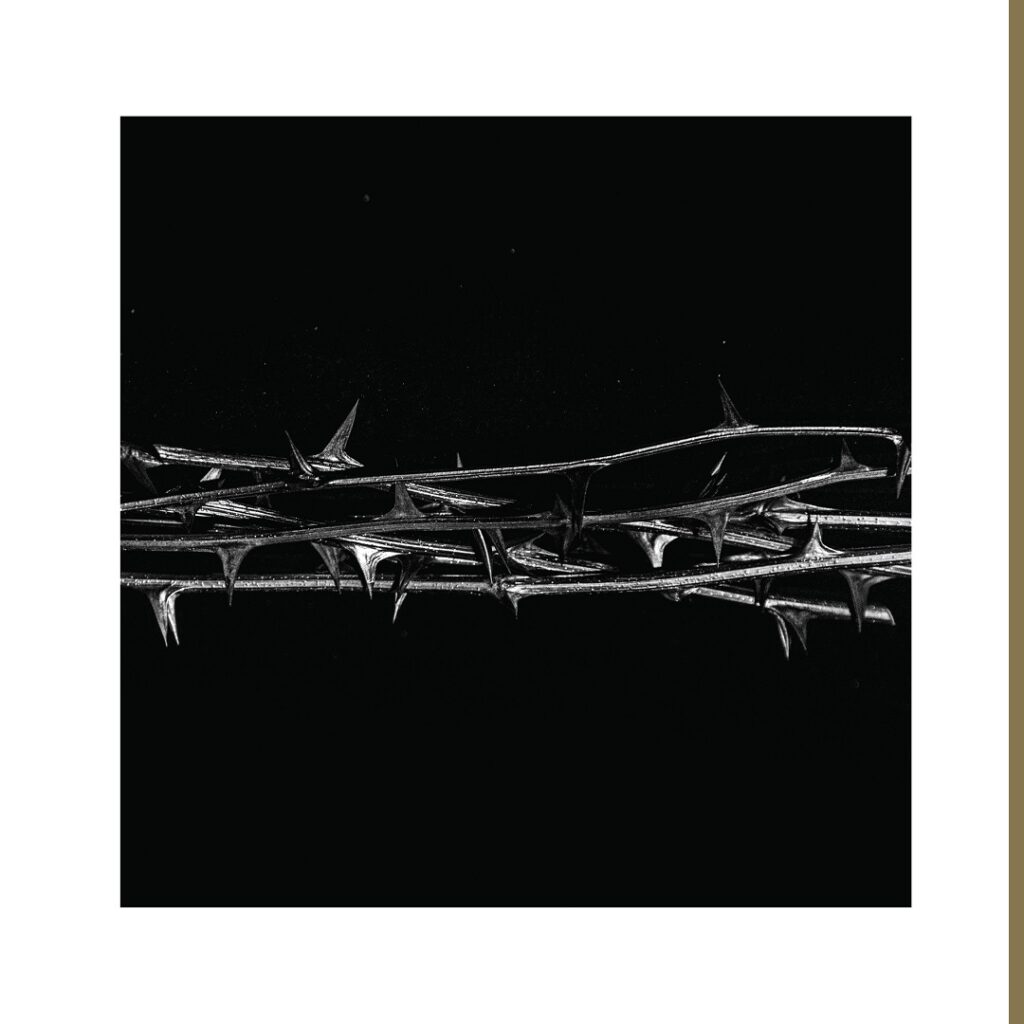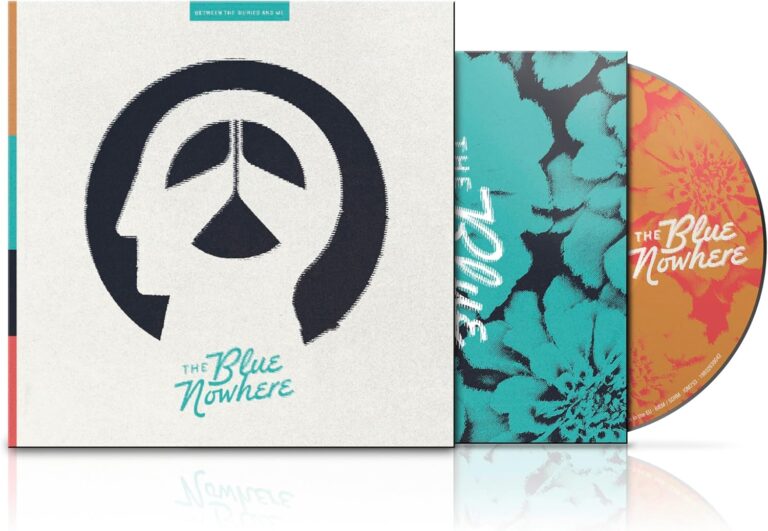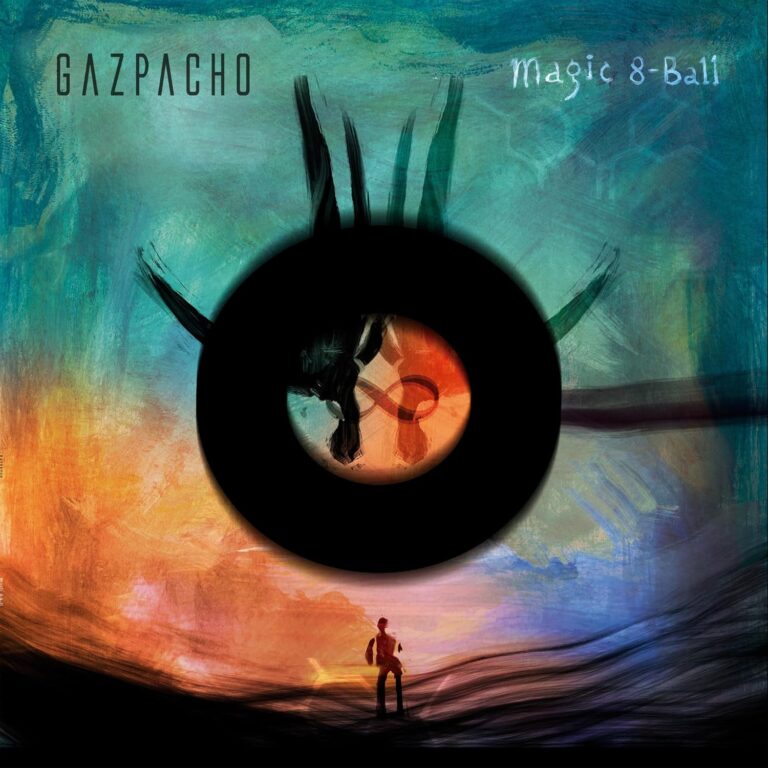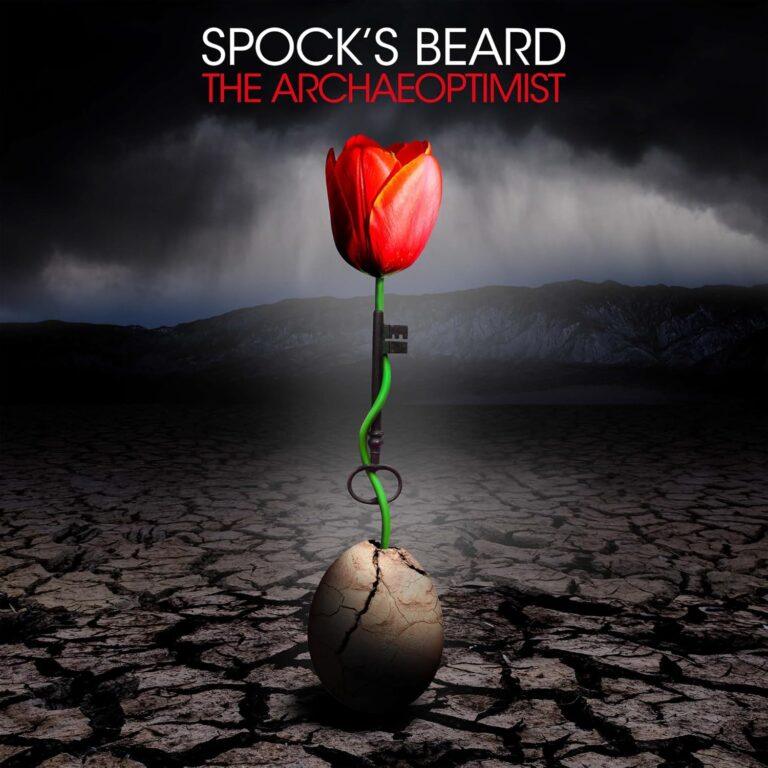
Few bands play with the dark fire that lies at the heart of Amenra. Touchpoints include the late, lamented Isis and Neurosis but, in truth, Amenra are their own entity – a unique combination of atmospheric soundscapes and harrowing sludge that sounds otherworldly in its intensity. To see the band live is to see a band entirely sublimated in their art, drowning in darkness as eerie projections sear the retina. It is a transcendental experience and, in De Doorn, Amenra have somehow managed to capture that lightening in bottle, offering up an album that somehow eclipses the light in the room and clothes the listener in the same darkness that emanates from the band’s live performance.
The piece opens with Ogentroost, a subtle, slow-burning piece that feels like an invocation. Cinematic in scope and deeply unsettling, the listener is drawn into a world of decaying cathedrals and scorched earth, as if the trappings of modernity that have emerged in the wake of World War II never existed, and we still flail amidst the smoking ruins of civilisation. Haunting and heart breaking, the spoken-word lyrics of Ogentroost are soon obliterated by a monstrous riff that echoes around the room, paving the way for vocals that juxtapose throat-ripping screens with a calming female counterpoint. Music. Art. For Amenra it is one and the same, and the emotional impact of the track is profound. It segues perfectly into De Dood In Bloei, a moment of sublime beauty in the wake of the wreckage wrought, and a chance for the listener to draw breath. The restraint the band exercise is deadly and, without warning, the torrential horror of De Evenmens pours forth, washing away everything in its path. Based around a cyclical riff that swirls over a mix of screamed and spoken-word vocals, De Evenmens is remarkably dynamic, with passages of such serenity you can hear the scrape of frail fingers against steel strings, adding to the powerful emotional connection the listener makes with the music.
Emerging from the dense ebb and flow of De Evenmens, Hot Gloren is slower, darker, and yet still weighty thanks to the oppressive bass that provides an ominous underpinning to the picked guitar. Melodic and yet burdened down by a sense of deep melancholy, it’s shimmers with the beauty of a frost-rimed spider’s web; and also the same lingering sense of threat. And, again, in the heart of it all lies a tortured vocal that seems to reach into the very depths of the soul, so intimate is the delivery. Yet, just as the ferocity threatens to overwhelm, so the tumult is paused and we pass into the eye of the storm – a moment of spoken-word calm that allows some respite, even though you know that the maelstrom awaits. The album’s final piece is the gargantuan Voor Immer. As with Ogentroost, it opens on a calming note, with clearly delivered lines that seem to be spoken directly into your ear. The music is gorgeous yet poignant – a dark neo-folk that seems to cry out with the voice of the tortured and polluted earth – while the lyrics speak of a loss that cannot be reconciled. It is one of the most majestically beautiful pieces of music the band have ever committed to tape and when, some eight minutes in, the band finally allow themselves the freedom to pour forth their emotions once more, it is the cathartic outpouring that inevitably follows repression.
Amenra are a band who stand apart. They are unique – brutal yet beautiful, cathartic, and empowering. To listen to one of their albums requires patience and dedication, but to allow their work to envelop you is to emerge stronger, as if washed clean by the torrential storms that lie within. Music as all encompassing as this may be for a select few, but for those who are willing to surrender themselves, this is unequivocally a masterpiece. 10/10




